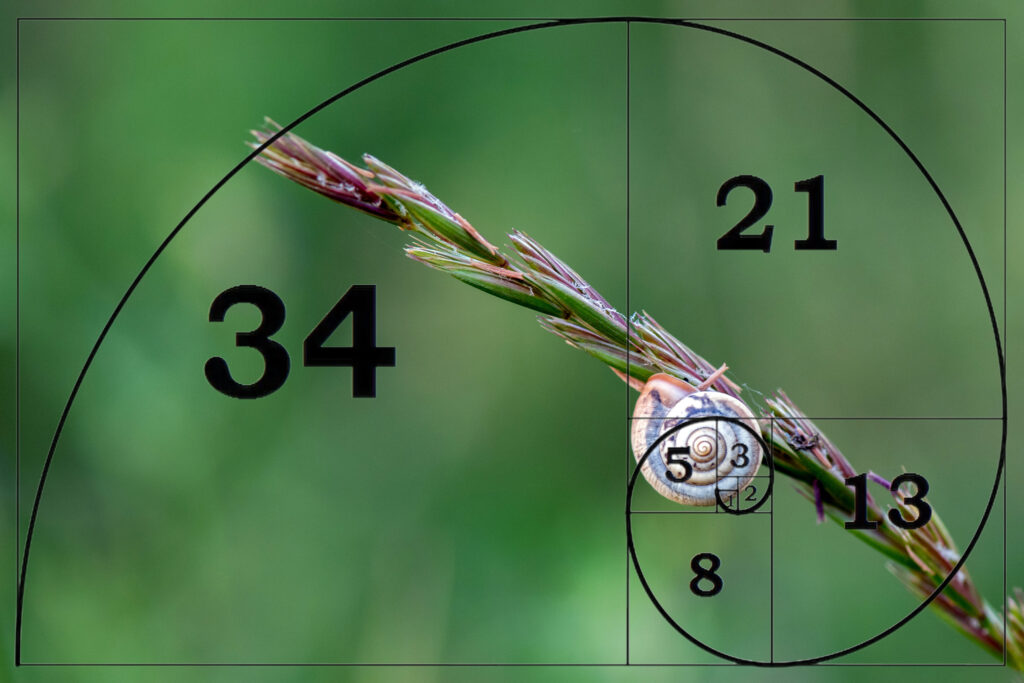Primary students can connect with the natural world while also developing a deeper understanding of mathematical concepts by
Students can learn a variety of mathematical concepts and gain a deeper understanding of the wonder and complexity of nature, by participating in practical activities and making observations. In this article, we’ll look at some activities you can undertake with young students to introduce them to mathematics in nature.
Geometry is one of the fundamental concepts that nature can be used to explore. The spirals of a seashell or the hexagonal patterns of a honeycomb are examples of natural patterns and shapes that students can study. Students can explore concepts such as symmetry, tessellation and transformation, while also learning geometric principles, by looking at these shapes and patterns.

Here are a few intriguing instances of mathematics in nature that primary school students can investigate.
Fibonacci sequence in sunflowers
The Fibonacci sequence is used to arrange the spiral pattern of sunflower seed arrangements. Every number in the Fibonacci sequence is the product of its two preceding digits (0, 1, 1, 2, 3, 5, 8, 13, 21, 34, 55, and so on). By counting the number of spirals in each direction, it is possible to observe the spiral pattern in sunflowers, which follows this order.
Symmetry in butterflies
Butterfly wings are symmetrical. In other words, the wing’s two halves are mirror images of each other. We learn about symmetry in school because it is a crucial mathematical concept. Numerous other elements of nature, including flowers, leaves, and animals, also exhibit symmetry.
Geometry in beehives
Hexagonal cells are used to construct beehives. Polygons with six sides are called hexagons. For bees to store honey and rear their young, the hexagonal shape of the cells is the most effective shape. A good illustration of how mathematics can improve our comprehension of the natural world is the geometry of beehives.
Patterns in snowflakes
Six sides make up the distinctive patterns found on snowflakes. Each person has a different fingerprint, just like every snowflake has a different pattern. We can use mathematics to better comprehend the complexity and beauty of nature, as demonstrated by the patterns found in snowflakes.

Measurement and Problem Solving
Measurement is yet another aspect of mathematics that nature can be used to explore. Students can measure the circumference of rocks, the length of branches, and the height of trees. By participating in measurement-related activities, students can improve their knowledge of measurement units and gain experience using measuring instruments such as rulers, tape measures, and scales.
Last, but not least, another mathematical concept that can be explored in nature is problem-solving. Students can participate in tasks that require them to come up with solutions to issues that arise in the real world, such as calculating how much water a specific plant needs to survive or deciding how to best position rocks to prevent erosion. Through these problem-solving exercises, students can hone their critical thinking abilities and apply mathematical ideas to practical, real-world circumstances.
Hands-on and Engaging
Overall, introducing primary students to mathematics in the natural world is a fantastic way to involve them in practical, meaningful learning experiences. Students can develop a deeper understanding of mathematics, and a greater appreciation for the complexity and beauty of their environment, by making connections between mathematical ideas and the natural world.
Click here to find educational experiences in nature.

